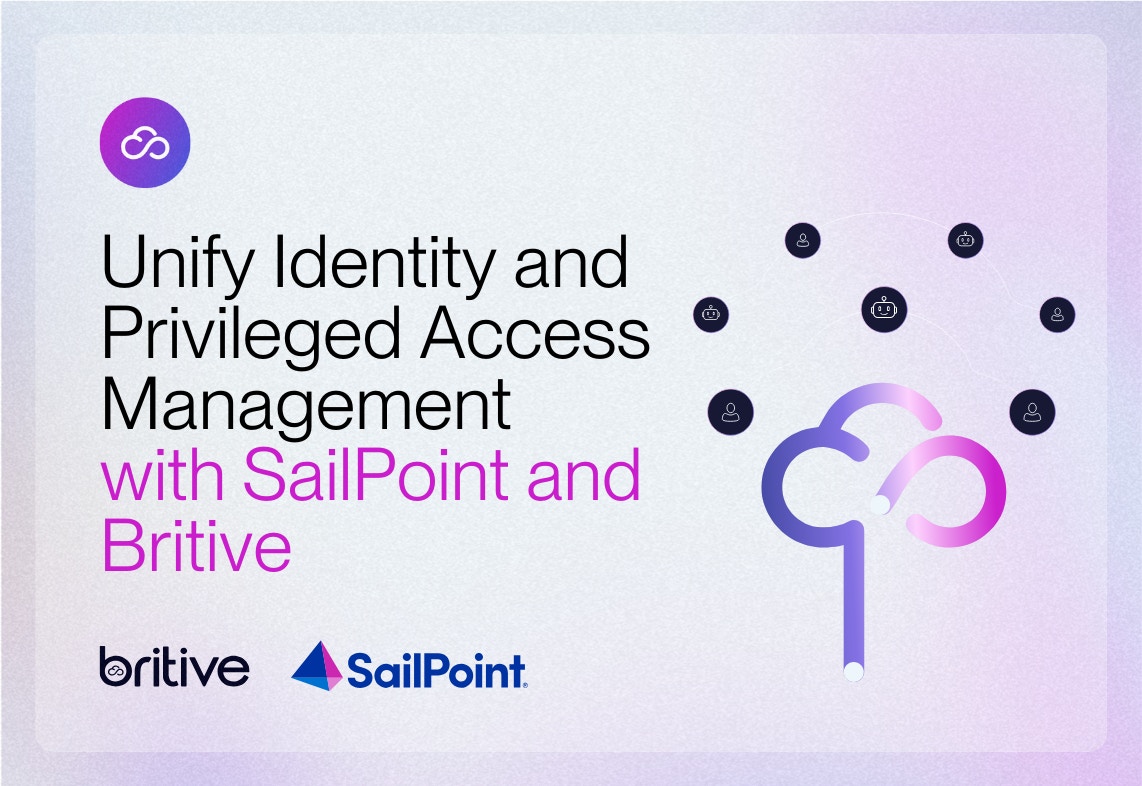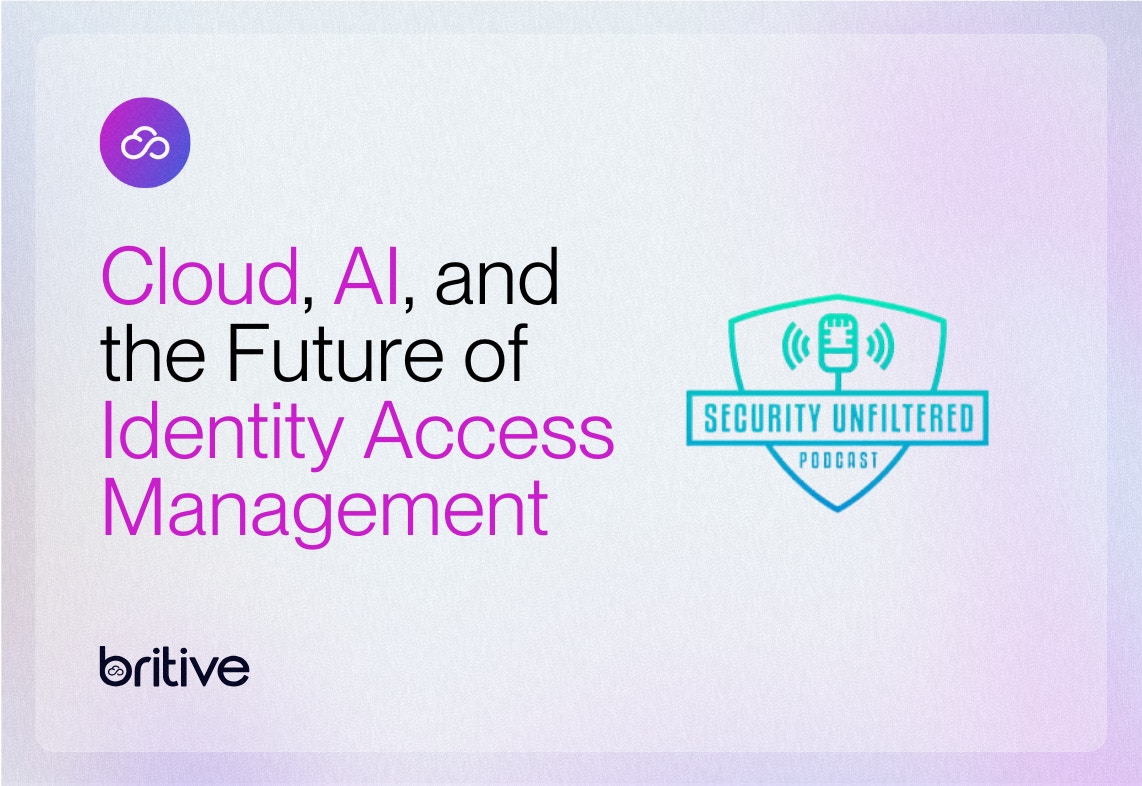


Back to resources
Stop Recording Everything. Start Authorizing in Real Time.
October 2025 / 5 min. read /

For years, many PAM programs defaulted to record every privileged session. It feels safe and gives the appearance of control.
But in cloud-first environments with humans, non-human identities (NHIs), and agentic AI, blanket session recording isn’t the gold standard for access control anymore. It’s a reactive afterthought. Having recordings of privileged sessions might give insight into specific actions, but it doesn’t provide any opportunity for control or guardrails.
Recording every single session also quickly runs into the issue of storage and usability — is anyone actually looking through every single recording to monitor behavior?
Modern identity security starts with real-time controls like runtime authorization. True just-in-time (JIT) access creates the permission at request time, scopes it to the specific task, and then automatically removes it to eliminate static access. That removes idle privilege (and most of the risk) before a session even begins.
The Problem with Relying on Session Recordings for PAM
- Reactive, not preventive. By the time you watch a replay, the action has already happened.
- Always-on risk, always-on cost. Standing privileges + huge recording storage = bigger blast radius and bigger budgets to keep recordings on hand.
- Privacy & governance friction. Broad recording creates avoidable data retention and review burdens, especially across global teams.
- Doesn’t match how work happens now. Cloud APIs, pipelines, and AI agents act at machine speed. Recording human actions alone won’t secure the whole picture.
Having records of specific sessions provides evidence, not control. Prevention starts by removing standing privileges and authorizing access only when it’s needed.
What Actually Prevents Exploitation of Access? Authorization at Runtime
A dynamic access model ensures that privilege appear when needed and disappear on time and can adapt more readily to the demands of a rapidly changing environment.
Per-action authorization just-in-time (with just-enough access). Create the permission at request time, scope it to the exact resource or action with a short time to live. Auto-expiring permissions mean that there are no admin accounts to monitor and enforce Zero Standing Privileges by design.
With a unified policy engine, there’s one set standard for every identity. Humans, NHIs, and agentic AI are subject to the same policy standards and unified enforcement ensures there are no gaps between identity types.
Unifying evidence into a single platform makes observability and visibility much easier. Teams can conduct identity-level audits (who/what/when/why/how long) across cloud, SaaS, hybrid, and on-prem.
Taking a Targeted Approach to Recording Visibility
There are cases where a recording adds value, as long as it’s scoped and intentional:
- Regulated admin sessions. Evidence for production maintenance or change windows.
- Third-party/vendor access. Extra visibility when external users touch specific sensitive systems or data.
- Legacy systems. When native audit is thin, add recording for those specific workflows.
Rather than record every privileged session, Britive allows for a more targeted and specific approach that users can configure according to their needs.
- Policy-selective capture. Decide by identity, role, session type, or risk when to record (e.g., admins only; dev consoles excluded, etc.).
- Customer-controlled storage. Save recordings on your infrastructure (your cloud buckets or on-prem storage) to meet any data residency and sovereignty needs.
- Aligned with runtime. Recording metadata ties back to identity-level logs for clean, end-to-end traceability.
This is what target session recording would look like in action:
- Request → policy. A user or approved automation requests privileged access; the unified policy engine evaluates identity, context, and risk, including whether this session should be recorded.
- Time-bound authorization. If approved, short-lived permissions are scoped to a specific resource/action and assigned to the requesting identity.
- Targeted session recording (when required). If policy indicates that a session should be recorded, the capture runs for that session only, with files stored on your chosen location.
Why Teams Choose This Approach
- Security first, proof when needed. Runtime authorization removes risk of standing access while recording is precise and purposeful.
- Lower friction, fewer moving parts. No jump boxes or agent rollouts; consistent experience across environments.
- Compliance, without over-collecting. Record exactly what policy requires, where it must live, for as long as it’s needed, nothing more.
- Scales to every identity. Humans, pipelines/workloads, and AI agents operate under the same runtime guardrails.
Recording ≠ Control
Remember: recording is evidence, not control. Replaying a session won’t undo an over-permissioned account or an “always-on” admin role.
Britive prevents the risk up front with just-in-time runtime authorization to create and scope the permission upon request. Policy-driven auto expiration ensures that there are no standing privileges by default. A unified policy engine ensures that humans, NHIs, and agentic AI are governed according to the same standards while targeted, selective recording complements the model to ensure that there’s both control and evidence in place.
Want to see how dynamic access management and targeted recordings would work in your workflows and environments? Book a demo with the team and we’ll walk through your top use cases with live examples.

